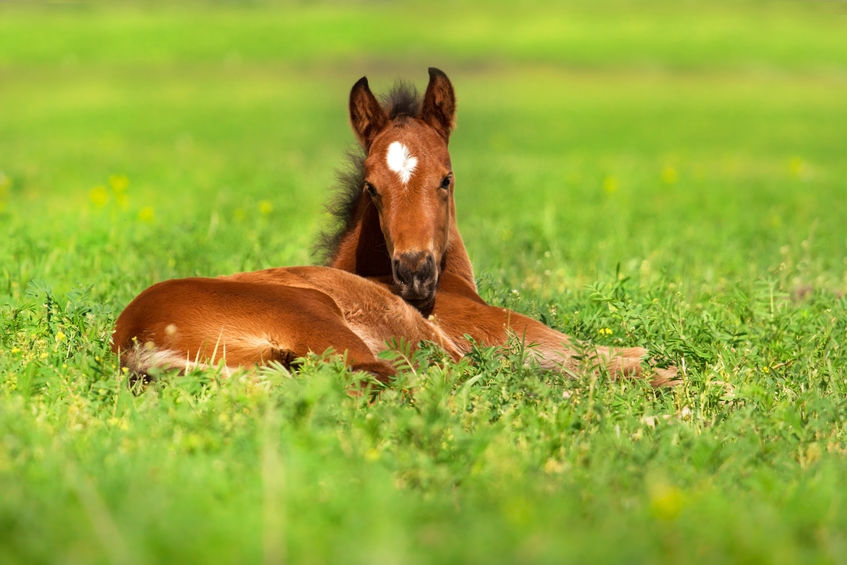There is something special about watching a foal being born. However, for some horse owners, despite their best efforts, they still have difficulties breeding their mare. A “problem mare” is one that fails to conceive under good management conditions for two or more estrous cycles in one breeding season, fails to maintain a pregnancy, or displays abnormal reproductive behavior or estrous cycles.
How do I improve the chances of breeding my mare?
Involve your veterinarian! You can also contact a theriogenologist, which is a veterinarian who specializes in reproductive medicine. Identifying the cause of subfertility is the first step towards success.
Identifying the problem
It is recommended that you have a reproductive examination, known as breeding soundness examination or BSE, performed. The BSE allows veterinarians to identify the cause of subfertility, create a treatment plan and/or predict the chances of a mare carrying a foal to term. Routinely, a mare BSE includes a reproductive history, physical exam, transrectal palpation and ultrasound, vaginal speculum exam, vaginal palpation, and uterine culture, cytology and biopsy. Additional tests, like endoscopy of the uterus, hormonal tests or chromosomal tests may be recommended based on the findings during the routine BSE.
Treating and managing the problem mare for reproductive success
Any problems identified during the BSE should be corrected before breeding. Problem mares often develop post-breeding uterine inflammation. To help mitigate this, it is recommended that you only breed them once and use good quality semen along with a good insemination technique.
Uterine infection and fibrosis are the most common causes of infertility in the mare. However, detailed examination can help identify other causes, or reasons for the mare’s predisposition to recurrent infection. Cervical lacerations and malfunction are often overlooked. The inability of the cervix to close properly leads to bacterial infection of the uterus or the placenta, causing infertility or abortion. A simple surgery to repair the cervix can solve the problem and restore fertility, increasing foaling rate from 0% to 62-80%. Blockage of the oviducts has recently been identified as a cause of infertility. Endoscopic flushing of the oviducts in the standing mare is both diagnostic and therapeutic, and restored fertility resulting in 60-80% pregnancy rates in mares that had failed to produce a foal in the past. Uterine endoscopy can help identify and treat other problems, like uterine adhesions, tumors or foreign bodies.
The diagnosis of the condition and recommendation for treatment should be performed by a veterinarian experienced in equine reproduction. If you don’t have a veterinarian like this in your area, or would like a second opinion, please contact our theriogenology service at the UGA Veterinary Teaching Hospital for assistance by calling (706) 542-3223.
*This article was published as part of our hospital’s quarterly equine e-newsletter. While we hope you find the information helpful, we always recommend that you consult with a veterinarian before implementing any changes to your horse’s health care routine.
